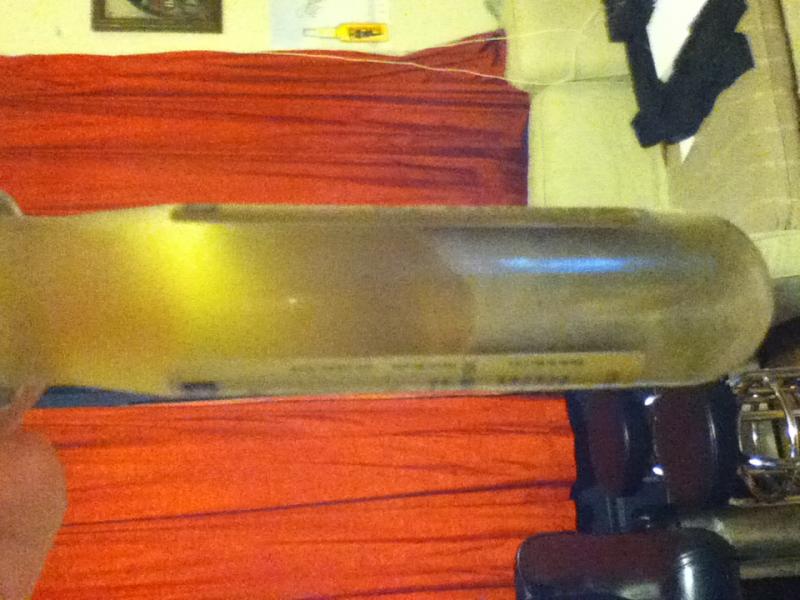I'm confused and I tried to search through all these pages on this thread to no avail so hopefully some experienced person won't mind helping me out. In the above statement you say that by mixing the trub with water the heavier hop particles and other junk settle back to the bottom of the jar. Then in the next sentence you say that if you pour the liquid off the stuff thats settled you'll have mostly yeast. That doesn't make sense. So when I see those pictures, I can clearly see stuff has settled but I don't know what the yeast is, the stuff that settled or the stuff on top. I think i saved mostly the stuff on top and now i'm worried that i threw all the yeast out and I'm saving junk!
You are confusing the layers during washing (keep the liquid, throw away the solid settled layer) with the layer left after putting the washed yeast in the fridge (the settled layer is the yeast). While you are washing the yeast stay in suspension longer than the trub and other junk, so when you shake it up and let it settle the trub sinks. You then decant the liquid containing yeast and water into a new container. When you put that in the fridge overnight the yeast will finally settle and you will see a creamy white layer that is your yeast.






























































